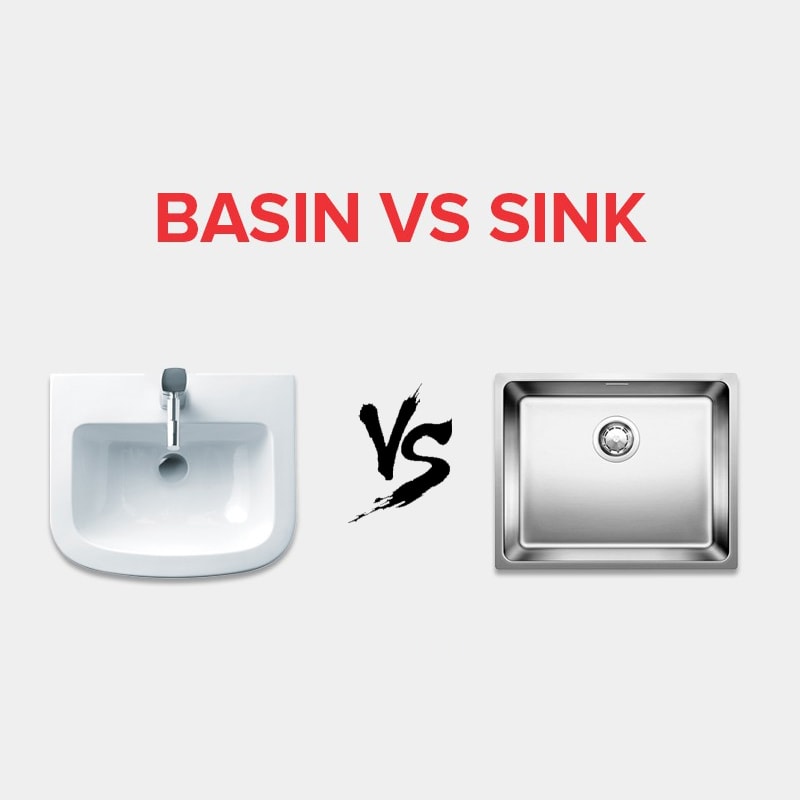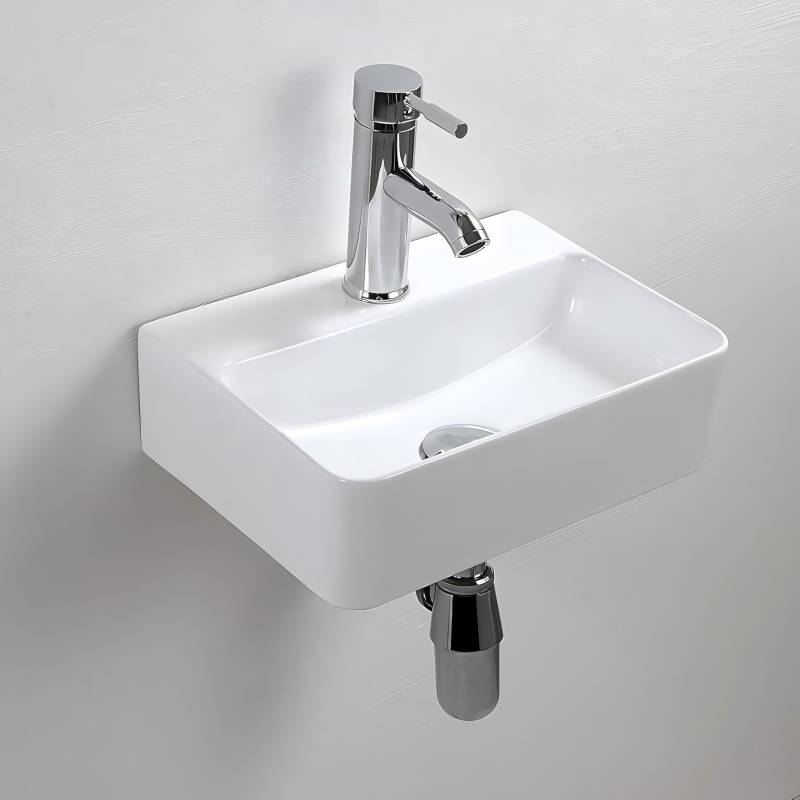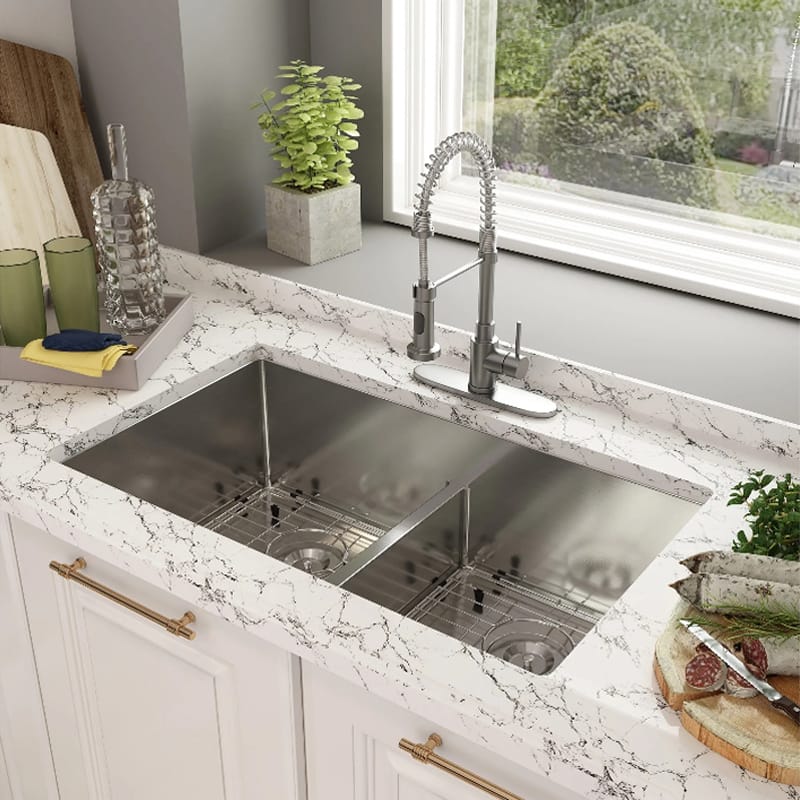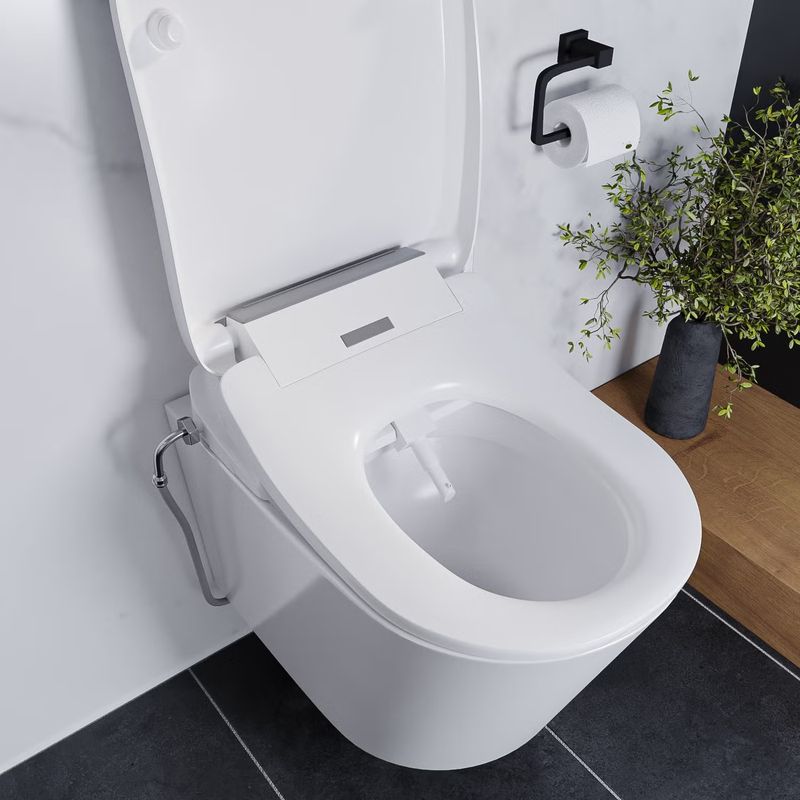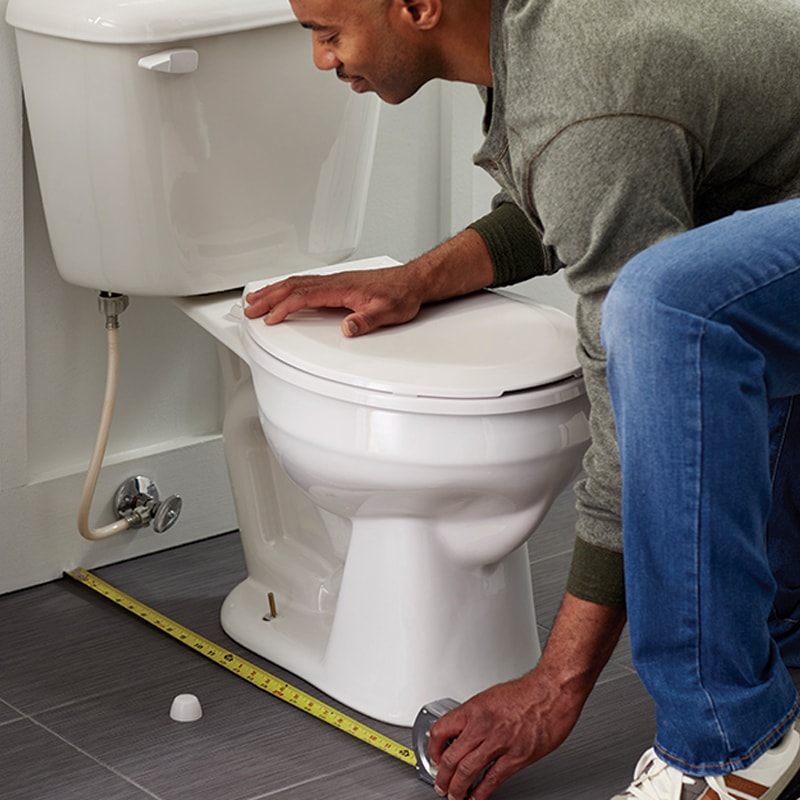 English
English
Jabra Sanitary is a sanitaryware supplier offering toilets, sinks, faucets, bathtubs, etc., at competitive prices. If you're a distributor, wholesaler, or project contractor, get a quote today!
 $23.9 Limited-time Offer
$23.9 Limited-time Offer Consignment Policy
Consignment Policy 20 Years of Experience
20 Years of Experience
The terms "sink" and "wash basin" are often used interchangeably, but they have distinct differences that are important to understand, especially when deciding on the right fixture for your home.
Understanding the difference between a sink and a wash basin can help you make informed choices for your kitchen, bathroom, or utility space. This guide will explore the wash basin vs sink, highlighting the key features, basin sink differences, and the best uses of each.
Table of Contents
Why is a Sink Called a Basin?
What is a Wash Basin?
What is a Sink?
Differences Between Basin and Sink
Frequently Asked Questions
Conclusion
The terms "sink" and "basin" are historically linked, and the differences between sink and wash basin often blur in everyday language.
A basin, by definition, is any bowl-shaped container that holds water, used for washing hands, faces, or other items. Over time, the term "sink" became more associated with fixtures that channel water into a drain. <Check the undermount sink>
This is why a sink is called a basin in many contexts—they perform similar functions, but sinks are usually built into a structure, while basins can be freestanding or countertop fixtures.
A wash basin also referred to as a wash hand basin, is primarily used for personal hygiene in bathrooms or powder rooms. Unlike sinks, wash basins emphasize style and are often key elements in bathroom design.
They come in various shapes, materials, and installation types, making them a versatile choice for enhancing bathroom aesthetics.
Types of Wash Basins <Check more different types of wash basin here>
- Pedestal Basins: These stand-alone basins sit on a pedestal, offering a traditional and elegant look. Ideal for smaller bathrooms without storage needs.
- Countertop Basins: Known as vessel sinks, these basins sit on top of a counter, making a bold style statement. They are popular in modern bathroom designs.
- Wall-Mounted Basins: Wall-mounted washbasins save space and are easy to clean around, perfect for small bathrooms or minimalist designs.
What is a Sink?
A sink is a plumbing fixture designed for washing and cleaning tasks. Found commonly in kitchens, bathrooms, and utility areas, sinks typically consist of a bowl with a faucet and drain.
Sinks are essential for everyday activities, such as washing dishes, food preparation, and personal hygiene, depending on their location.
Types of Sinks
- Kitchen Sinks: Kitchen sinks are often deeper and larger, designed to handle food prep, dishwashing, and other heavy-duty tasks. Common materials include stainless steel, granite composite, and cast iron.
- Bathroom Sinks: Bathroom sinks are generally smaller and shallower, meant for personal use such as handwashing and grooming. Ceramic, glass, and stone are popular choices for these sinks.
- Utility Sinks: Used in laundry rooms or garages, utility sinks are large, deep, and highly durable, suitable for tasks like cleaning tools or rinsing larger items.
Differences Between Basin and Sink
Sink vs Wash Basin: Size and Shape
One of the main differences between a sink and a basin is size and shape.
Kitchen sinks are generally larger and deeper, accommodating tasks like dishwashing and food prep, while wash basins are smaller and designed for personal hygiene.
The shape also varies; sinks are often rectangular or oval, while washbasins come in a wider range of designs, including round, square, and abstract forms.
Basin and Sink Difference: Features
The features of sinks and wash basins are tailored to their specific uses. Sinks often come with additional accessories like drainboards, multiple basins, or cutting board inserts, enhancing their functionality in kitchens.
Washbasins, however, focus more on aesthetic appeal and simplicity, with sleek designs and stylish faucets that complement bathroom decor.
Wash Basin and Sink Difference: Where to Install
Sinks are primarily installed in kitchens, utility rooms, and sometimes in bathrooms. Kitchen sinks are integral to cooking and cleaning activities, while bathroom sinks are used for grooming.
Washbasins, on the other hand, are installed in bathrooms, powder rooms, or en-suites, where they serve as a design element as much as a functional piece.
Sink and Wash Basin Difference: Material
The choice of material is another significant difference between difference between wash hand basin and sink.
Kitchen sinks often feature durable materials like stainless steel or granite composite, which can withstand heavy use. Washbasins are made from materials like ceramic, glass, or stone, emphasizing beauty and design over rugged functionality.
Sink Wash Basin Difference: Usage
Sinks are versatile and used for various tasks depending on their location. Kitchen sinks are vital for cooking, cleaning, and washing dishes, while bathroom sinks focus on personal hygiene.
Washbasins are designed solely for washing hands and face, emphasizing ease of use and style in a bathroom setting.
Wash Basin Sink Difference: Maintenance
Maintenance needs differ between basins and sinks based on their materials and usage.
Kitchen sinks need regular cleaning due to food residue and grease, while wash basins, especially those made from glass or stone, require careful maintenance to avoid damage.
Proper cleaning products and methods are essential to keep both sinks and wash basins in good condition.
Frequently Asked Questions
Are the kitchen sink and bathroom sink connected?
In most homes, kitchen sinks and bathroom sinks are part of the same plumbing system but have separate drain lines. These lines eventually connect to the main sewer line.
However, they typically have individual pipes to prevent cross-contamination between kitchen waste and bathroom wastewater.
Can I install a basin in the kitchen?
Yes, you can install a wash basin in the kitchen, but it's not common due to its smaller size and limited functionality.
Kitchen sinks are designed specifically for tasks such as food prep and dishwashing, making them more suitable than a basin. However, for a unique look, some modern kitchens may feature basin-style sinks for decorative purposes.
Can I use a kitchen sink in my bathroom?
Using a kitchen sink in the bathroom is not recommended due to differences in size, depth, and design.
Kitchen sinks are generally too large and deep for bathroom use, and they may not fit well with the bathroom's aesthetic. It's best to use a wash basin that complements the style and functional needs of your bathroom space.
Are bathroom and kitchen faucets interchangeable?
Bathroom and kitchen faucets are generally not interchangeable due to differences in size, functionality, and design.
Kitchen faucets are typically larger and may include features like pull-out sprayers, which are not needed in bathrooms. Bathroom faucets are designed for smaller, less intense water flow, making them more suitable for handwashing and grooming tasks.
Is bathroom sink water the same as kitchen sink water?
Yes, the water supplied to bathroom sinks and kitchen sinks is the same and comes from the same source within the home.
However, the perception of water quality may differ due to the location and any possible contaminants in the plumbing lines, particularly if older pipes are involved.
Final Thoughts
When deciding between a basin and sink, consider the specific needs of the space.
Kitchen sinks are better suited for handling large volumes of water and various cleaning tasks, while washbasins are ideal for smaller, more personal uses. The differences between basin and sink extend beyond functionality to include factors like size, shape, material, and design.
Whether you're upgrading your kitchen, designing a new bathroom, or simply replacing an old fixture, understanding the basin sink differences will help you select the perfect option for your home.
Which wash basin is better? Or just looking for a wash basin or Sink? Jabra Sanitary is an excellent choice for those seeking a blend of modern design and durability. The sleek contours and high-quality materials ensure both aesthetic appeal and long-lasting performance.







